I was attracted to UNIS because I could combine coursework related to marine biology and molecular ecology with travel to the arctic. It is common for students from Oslo, and other Norwegian Universities to attend classes at UNIS during their bachelors or masters. Students can also apply from universities all around the world.
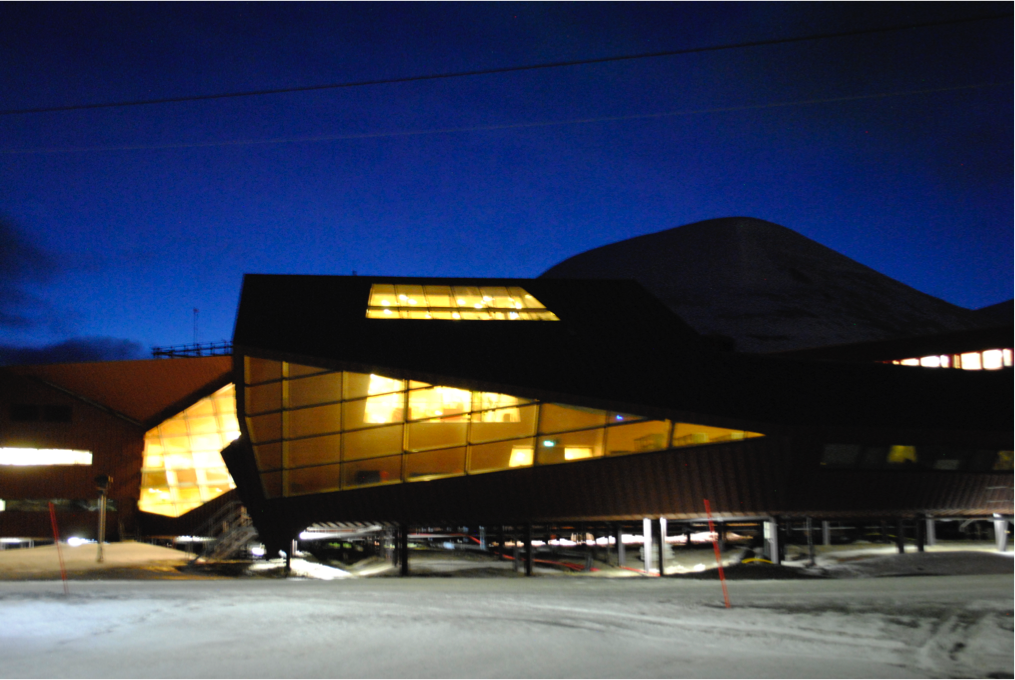
University Centre in Svalbard, daytime in polar night. Photo: Annie
When I arrived in Longyearbyen in late September, there were still a few hours of daylight. When I left in the middle of November, the middle of the day was only slightly brighter than the middle of the night. The lack of light was not a problem. I had plenty of work to do for the class and also friends to meet during the weekends.
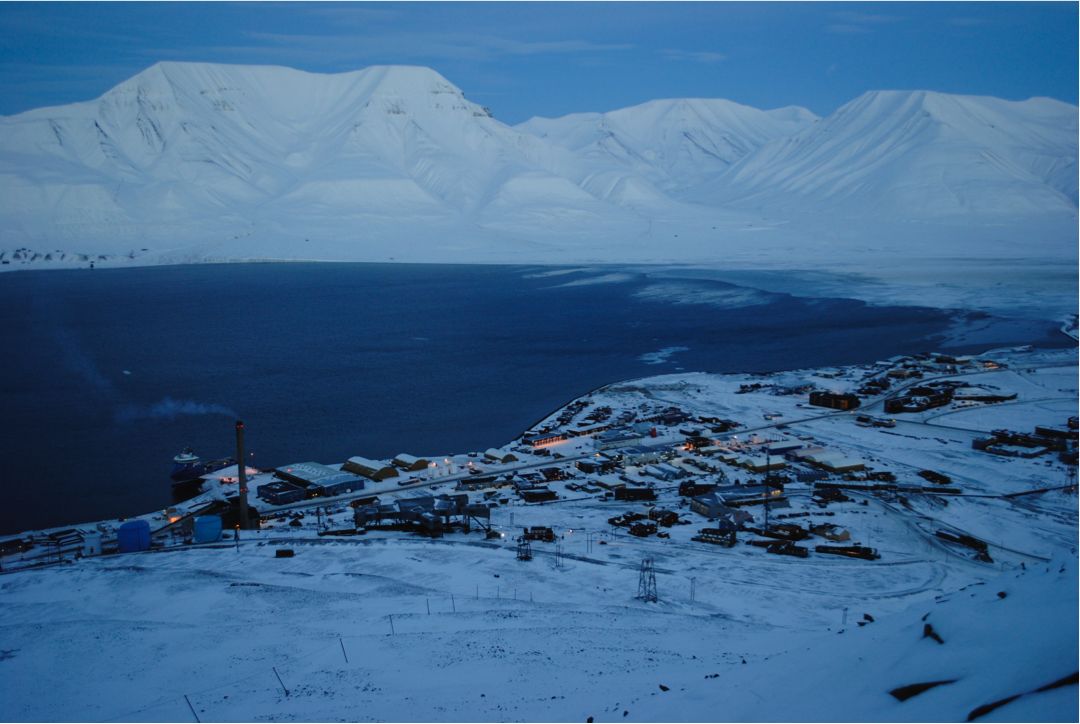
Longyearbyen and Adventfjorden, Svalbard, Photo: Annie
This photo (above) is taken from one of my hikes in the area surrounding Longyearbyen. Students at UNIS are very active and enjoy hiking, skiing, dog-sledding, snow-mobiling and scuba-diving in the area surrounding the town. Every student at UNIS is required to take a safety course and learn how to shoot a rifle for polar bear protection. On the day I flew in to Longyearbyen, a polar bear was in town. This is very uncommon. However, always a possibility. Most people know how to avoid polar bears and stay safe while continuing to explore the island.
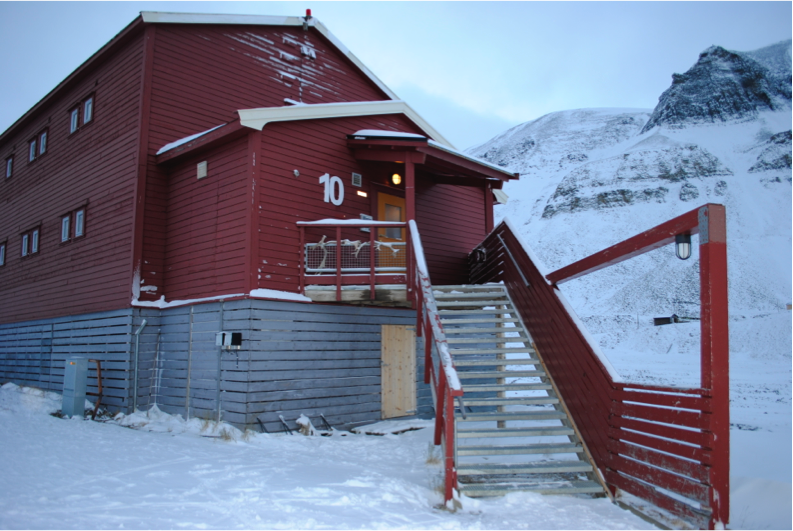
Barrak 10 of Nybyen, extention of Longyearbyen, Svalbard, Photo: Annie
During the first few days in Longyearbyen, I moved into my Barrack in Nybyen (photo above), visited the Svalbard Museum, went dog-carting with Green Dog, and saw the northern lights (photo below). Nybyen is more than 2 km from town, so I spent a fair amount of time walking to and from UNIS. Luckily, another girl in my class also lived in barrack 10 and we could walk together most days.
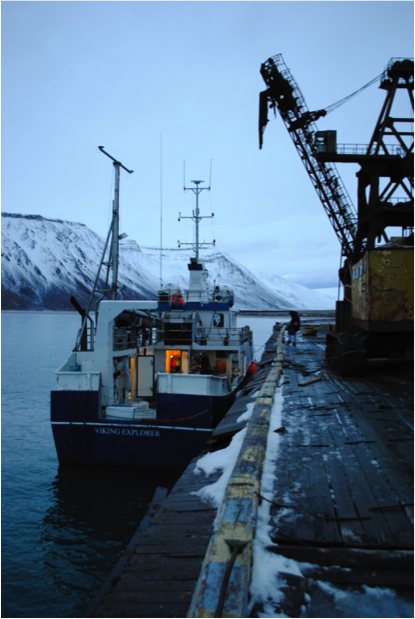
Viking Explorer, UNIS Research Vessel, Photo: Annie
Most classes at UNIS have a field component. In AB-332, we went on a four day cruise on the marine research vessel, Viking Explorer. We visited a different study site in Isfjorden each day, and spent the nights either in the Russian coal mining settlements of Pyramiden or Barentsburg. The research cruise was excellent experience about how to collect samples of zooplankton, phytoplankton, water samples, and kelp trawls. During the evenings, we learned a little about Russian culture and ate some very delicious Russian dinners.
.png)
WP2 Net, used to collect zooplankton on the Viking Explorer, Photo: Annie
While on the deck of the Viking Explorer, we wore insulated suits to keep warm. We also used hard hats to protect us from the hydraulic equipment. While some students were on deck to collect samples, others could stay inside, drink tea and eat delicious cookies and pizza. Some students needed to lie in bed to avoid feeling overly sea sick.
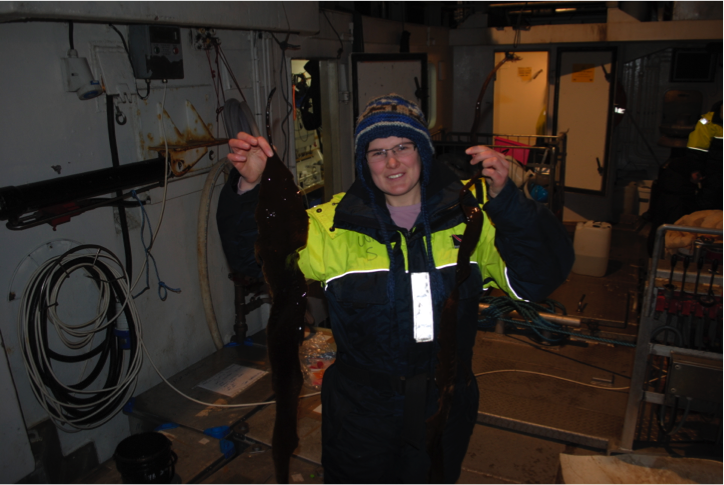
Annie holding Suger kelp, Photo: Annie
I was fortunate that we could collect some sugar kelp during the trip. I can use these samples for my Master thesis.
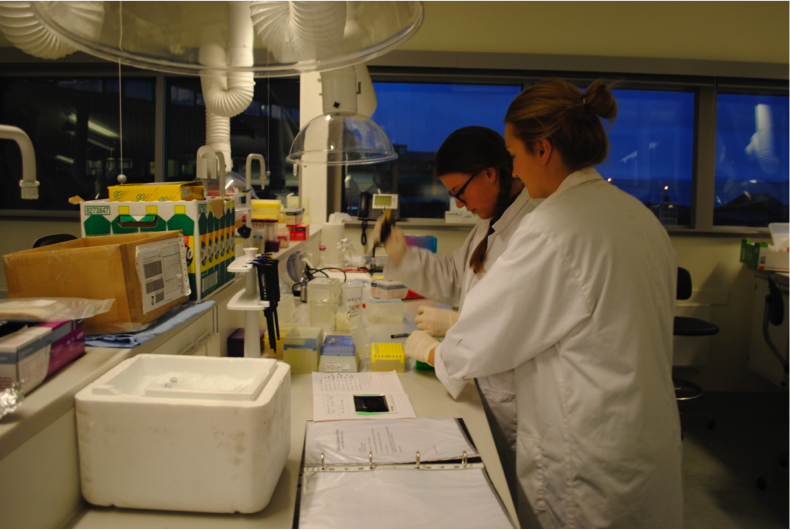
Lab work, Elizabeth and Josepha, Photo: Annie
After the field work, we began to process our samples in the lab. During our class, we participated in three different projects: population study of brown algae, RNA study of microalgae, and phylogeny of Pseudocalanus (Zooplankton). I worked on the population survey of Fucus (brown algae), which is relevant to my Masters thesis. The girls in the photo (above) worked with the RNA project. After our lab work, we completed the class in the computer lab and lecture room (photos not shown).
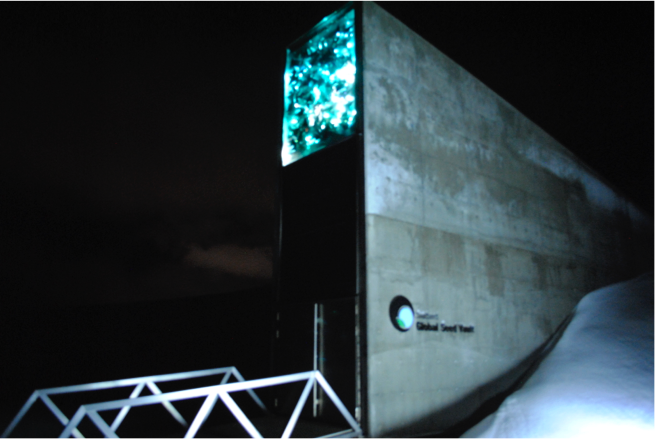
Global Seed Vault, Photo: Annie
After we finished up our final projects and took our exam, my classmates and I took a trip to see the entrance to the seed vault. Although we could not enter, it was exciting to see where the seeds of the future are being stored.
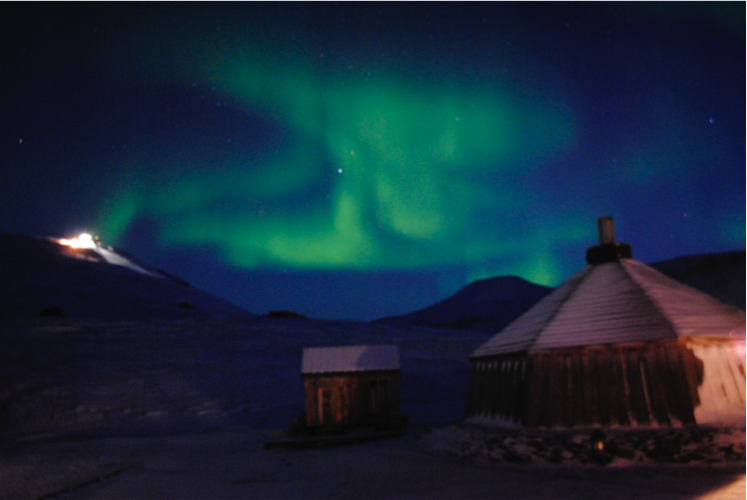
Northern Lights with the coal mine in the background, Photo: Annie
I would like to go back to Svalbard someday. For now, I need to enjoy the memories and focus on my Masters thesis.

Log in to comment
Not UiO or Feide account?
Create a WebID account to comment